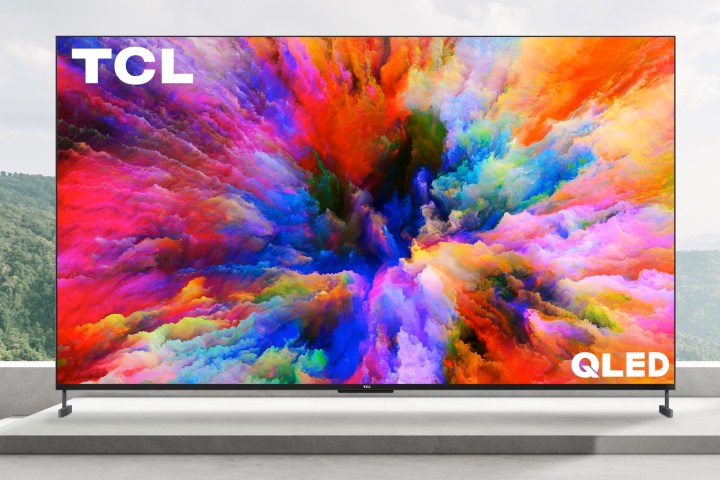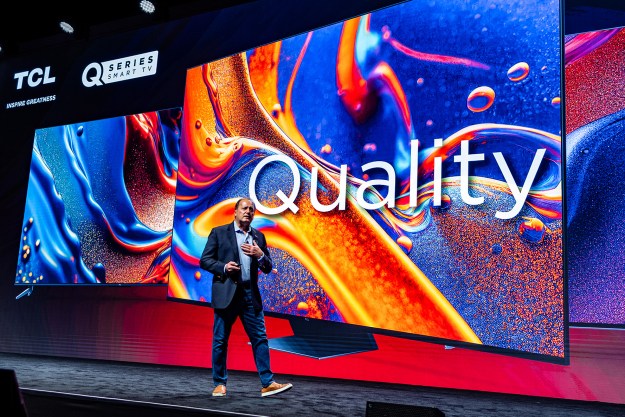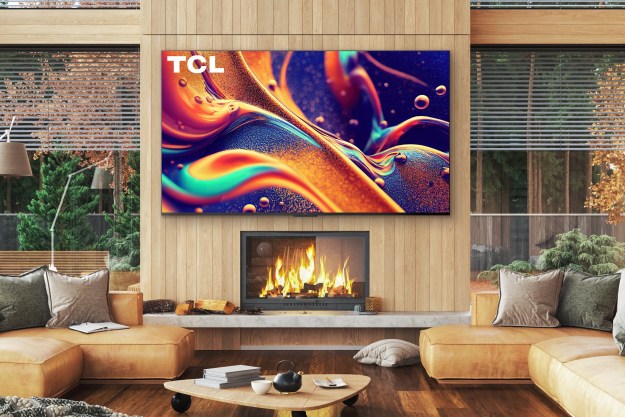How much should you expect to pay for a staggeringly huge 98-inch TV? If you’re Samsung, the answer is $15,000 for its 98-inch QN90A Neo QLED 4K. If you’re Sony, the answer is $20,000 — but hey, you’re actually getting two more diagonal inches because that’s how big its Bravia XR X92 is. On the other hand, if you’re TCL, the answer is “under $8,000” for its 98-inch XL Series 98R754, a massive 4K QLED Google TV that you can pre-order on Amazon today, for $7,732.

The 98R754 joins TCL’s existing XL Collection, a set of TVs that are all 80 inches or larger in size, including the company’s flagship 85-inch 8K QLED X925pro (X9), which uses TCL’s latest generation mini-LED backlight system, called OD Zero. Originally, TCL said that the X9 would be available for $10,000 before the end of 2021. But that clearly didn’t happen, and no new timeframe has been announced.

The X9 is a techno tour de force. It has Google TV, 8K resolution, hands-free voice commands, a built-in 160 watt Onkyo sound system with 5.1.2 Dolby Atmos support, Dolby Vision IQ, and a full suite of
The 98R754 isn’t quite as full-featured as the X9, but it’s got most of the checklist items folks are looking for, like a quantum dot LED display,
However, these two massive-size TVs aren’t the only things that TCL brought to CES 2022. The company is also making investments in motion technologies. The first is support for 144Hz refresh rates. This will be a ho-hum announcement for those who only use their TVs for movies and shows, but if you’re a gamer, I’ve probably got your full attention.
Gaming on big-screen TVs has become far better in the past few years thanks to the addition of ALLM, VRR, and support for
The second motion technology is TrueCut from Pixelworks, and both movie creators and their fans might benefit from it. TrueCut is a new, end-to-end system that filmmakers can use to control how frame-rate-based motion is displayed on TVs and other screens.
The details are a bit complex, but here’s an example: Dolby Vision is an end-to-end system that lets creators control all aspects of color, brightness, and contrast for their content. In theory, if a filmmaker produces a movie in
TrueCut works the same way, but it does for motion what
What we don’t know yet is which studios will use it, or which
Here’s a video from Pixelworks that — sort of — explains what’s going on:
Correction: An earlier version of this story indicated that the 98R754 was a
Editors' Recommendations
- Samsung’s new 98-inch DU9000 4K TV is just $4,000. Can it beat TCL and Hisense?
- Hisense teases 110-inch, 10,000-nit TV ahead of CES 2024
- Samsung’s biggest Neo QLED 8K TV comes with an equally huge price
- Samsung takes on TCL with 98-inch 4K TV that costs just $8,000
- TCL’s 2023 mini-LED 4K TVs are shockingly affordable



